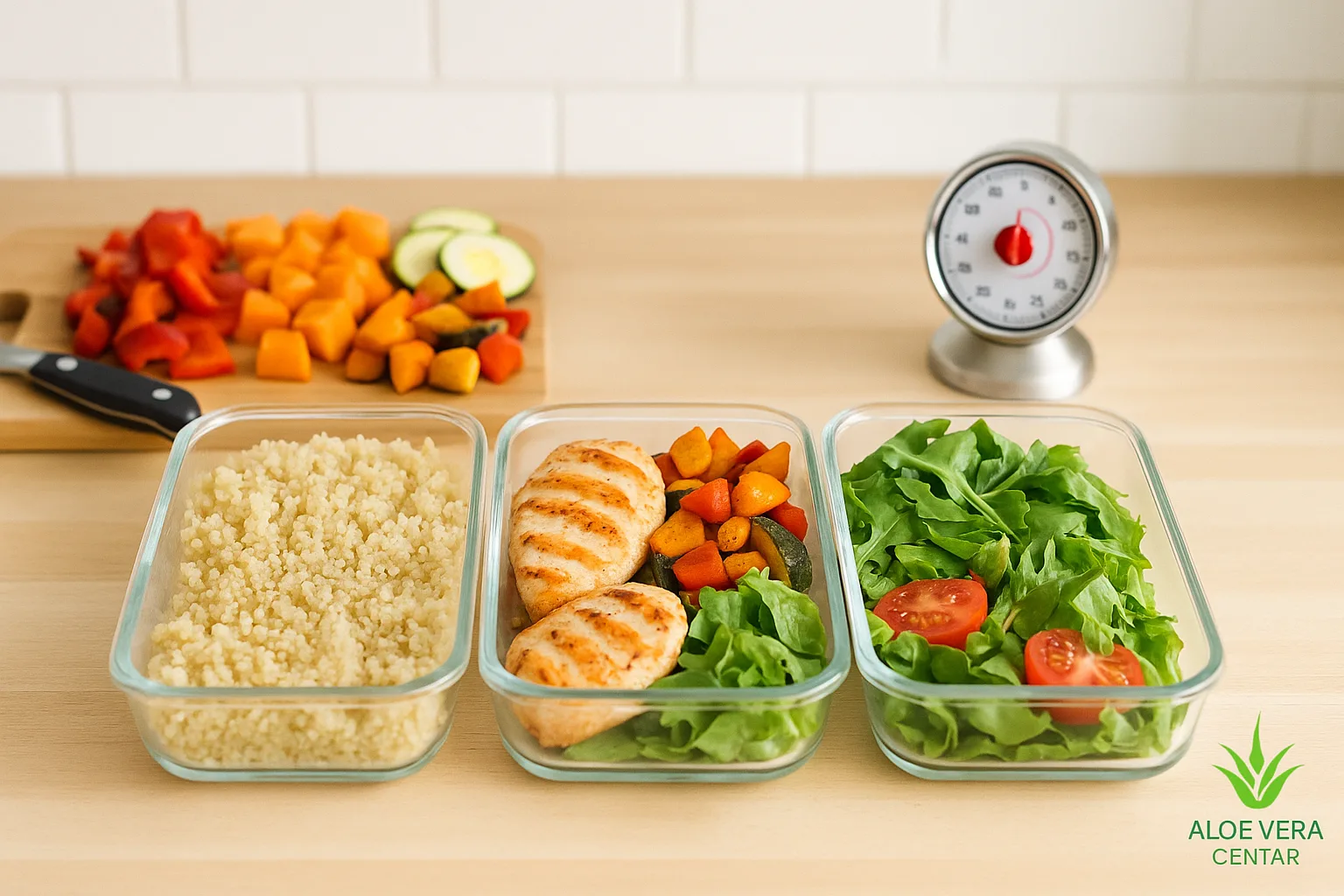
The Impact of Music on Performance – Create an Energy-Boosting Playlist
The Impact of Music on Performance: how to Create the Perfect Playlist for Every Goal
The impact of music on performance has intrigued scientists and athletes for decades. Perhaps you’ve experienced how your favorite song boosts your energy at the gym or calms your nerves before an important meeting. But did you know that a properly crafted playlist can improve endurance, increase focus, and even speed up recovery? Below, we reveal how music affects the brain and body, and provide a practical guide for creating a playlist that works for your needs.
Why Does our Body Respond to Rhythm?
When we first hear the beats of a fast song, our heart spontaneously speeds up, and our dopamine levels – the “feel-good” hormone – rise. According to a study published in 2021 in Frontiers in Psychology , music at 120-140 BPM can increase aerobic capacity by up to 7%. Here’s why:
- Movement synchronization: The brain loves rhythm because it “tunes” movements, reducing energy consumption.
- Distraction from effort: When you’re engaged with the melody, you notice muscle fatigue less.
- Emotional boost: Positive lyrics and major keys elevate mood and motivation.
But that’s not all… Tempo isn’t the only factor; tonality, lyrics, and personal associations also play a major role.
The Psychology of Tempo and Tonality
BPM Dictates Energy
For high-intensity exercises (HIIT, sprint, crossfit) aim for 140-160 BPM. Moderate activities like running or cycling benefit most from 120-140 BPM, while yoga and stretching work better with ambient tones below 100 BPM.
Major vs. Minor for Emotions
Major chords promote enthusiasm, while minor can be useful during moments when you need introspection or work on fine motor tasks, such as learning or coding.
Major key music increases serotonin levels, resulting in better concentration. If you’re working on a demanding project and dealing with work stress, optimistic major keys can be your ally.
When Does Music Help and when Does it Hinder?
Music isn’t a magic wand for every situation. For activities requiring extreme precision (e.g., chess or mathematical modeling), research from the University of Helsinki showed that instrumental music at moderate tempo improves working memory, while vocal songs can be distracting.
However, if you want to maximize your muscle “fire” before a deadlift, this is where Forever Argi+ comes in, combined with heavy rock or EDM above 150 BPM. The synergy of L-arginine and the adrenaline-pumping rhythm can push you through those final reps.
Steps for Creating your Personal Playlist
- Define your goal – do you need energy, focus, or relaxation?
- Find the appropriate BPM – use free online tools to measure song tempos.
- Structure your playlist – warm-up (lower BPM), peak (fastest BPM), cool-down (gentle rhythm).
- Rotate songs every 2-3 weeks to keep motivation fresh.
- Test and record – monitor pulse, performance time, and mood.
Want to explore the topic deeper? Check out our article on training without music and learn how breathing and focus can replace rhythm. If you’re looking for a natural boost alongside your energetic playlist, check out Forever Argi+ for greater endurance, Forever Therm for metabolism support, or Forever Multi Maca for hormonal balance and vitality. For those who prefer a DIY approach, take a look at maca powder – perfect for your morning smoothie and day-starting playlist.








